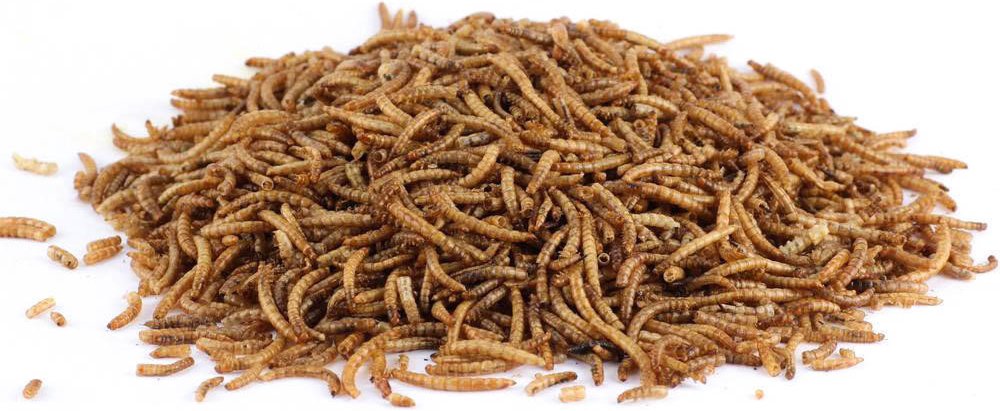Insects as food
Jílek Matyáš
Can you imagine eating a spider, ants or even grasshoppers? Isn’t it? Never say never, insects are the food of the future. In this article, we’ll talk more about insects and their place in the diet.
History:
It is quite probable that our ancestors ate insects before they began to eat meat and hunt large animals. Insects have long been used not only for food, but also in medicine and religious ceremonies. Insects are still used for medical purposes today, whether live, cooked, crushed, infused or in ointments.
Where do people already eat insects?
Insects are already eaten in much of the world, except in the developed West. In Africa, Southeast Asia and northern Latin America, human lives depend on insects. People in these areas do not cover their noses, but it is common for them and they like it. People eat insects even in Japan, which is not a developing state at all.
What does the body of an insect contain?
Insects are largely made up of proteins. The number of proteins in the body of insects is about 80%. It also contains a lot of fiber and minerals with which we could compete with cereals, fruits and vegetables. It’s more complicated with fat. Some are full of fat and others are minimal. Insects contain a large minimum of almost no sugars.
Here is a table with the energy value of a cricket compared to beef and salmon:
| 200kcal food | protein | fats | omega-3 | fiber |
|---|---|---|---|---|
| cricket | 31g | 8g | 1,8g | 7,2g |
| beef | 22g | 11g | 0,04g | 0g |
| salmon | 21g | 13g | 2,5g | 0g |
Overview of selected edible insect species:
Beetles - 24 families of edible beetles - larvae living in living and dead trees are popular
Butterflies and moths - 23 families – only larvae and pupae are eaten - many species are dried and preserved in Africa - One of the most sought after are caterpillars (in USA - 1 kg costs $ 35)
Hymenopterous insects – there are 8 families - 3 bees, 3 wasps, 1 ants and 1 bumblebees
Orthoptera – these include the most eaten insects - locusts
Dipterous – 11 families -termites,….
And how does such an insect actually taste?
Below we look at a table or overview of insects and their comparison to the taste of common foods:
- Ants - sweet, almost hazelnut
- Crickets and locusts - delicate, overlaid with other flavors
- Aquatic insect larvae - fish
- Leptoglossus - sweet gourd
- Worms - fried potatoes
- Pentatoma - apples
- Termites - nuts
- Larvae of wood-destroying beetles - pork skin
- Wasps - pine seeds
- Flour worms - wholegrain bread
- Imága - fish, shrimp
Ecological benefits of eating insects:
- The reproductive capacity of insects is much greater than that of other animals
- Their cultivation is less expensive
- It is possible that insects could feed the population, even if there are other food sources
- People can grow insects at home or near their homes and it does not take up as much space as, for example, pastures for sheep, cows and / or pigs.
Interesting facts about insects:
- entomophagy is, according to available information, widespread in 113 countries around the world
- so far, more than 1400 species of edible insects are known
- in Mexico, insects are the third national dish after beef and beans
- if we consider all the animals living on the land of planet Earth, a tenth of this weight would be made up of termites and ants
- insect is closely related to lobsters and shrimps (belongs to the same strain)


